-
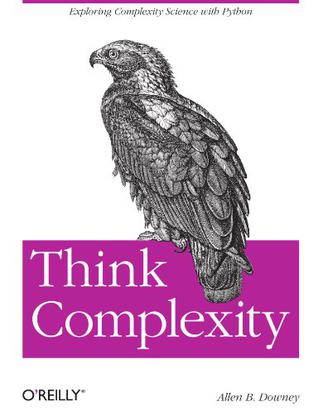
Think Complexity
Dive into Python's advanced possibilities, including algorithm analysis, graphs, scale-free networks, and cellular automata with this in-depth, hands-on guide. Whether you're an intermediate-level Python programmer, or a student of computational modeling, you'll examine data structures, complexity science, and other fascinating topics through a series of exercises, easy-to-understand explanations, and case studies. Think Complexity presents features that make Python such a simple and powerful language. Author Allen Downey provides code to help you get started, along with a solution for each exercise. With this book, you will: Work with graphs and graph algorithms, NumPy arrays and SciPy methods, basic signal processing and Fast Fourier Transform, and hash tables. Discover complexity science, the field that studies abstract models of complex physical systems, including power laws, fractals and pink noise, and Turing machines. Explore the philosophy of science through the models and results in this book about the nature of scientific laws, theory choice, and realism and instrumentalism, and more. -
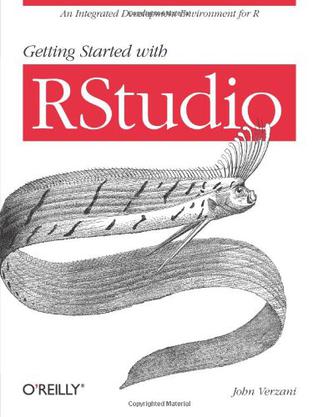
Getting Started with RStudio
This e-book will introduce users to the RStudio framework for using and programming R, the widely used open source statistical computing environment. The RStudio framework, is an open source project that brings together many powerful coding tools into an intuitive interface. It runs under all major platforms (Windows, Mac, Linux) and through a web browser (using the server installation). This text should appeal to newer R users and students who want to explore the interface to get the most out of R and to older R users who want to use a more modern looking development environment. The book will serve as both a resource to look up specific features provided by RStudio and as an introduction to the following processes with R: data analysis, programming and report generation. -
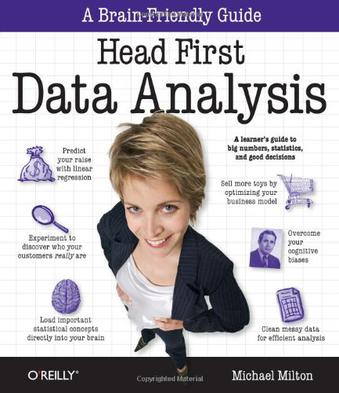
Head First Data Analysis
Today, interpreting data is a critical decision-making factor for businesses and organizations. If your job requires you to manage and analyze all kinds of data, turn to "Head First Data Analysis", where you'll quickly learn how to collect and organize data, sort the distractions from the truth, find meaningful patterns, draw conclusions, predict the future, and present your findings to others. Whether you're a product developer researching the market viability of a new product or service, a marketing manager gauging or predicting the effectiveness of a campaign, a salesperson who needs data to support product presentations, or a lone entrepreneur responsible for all of these data-intensive functions and more, the unique approach in "Head First Data Analysis" is by far the most efficient way to learn what you need to know to convert raw data into a vital business tool. You'll learn how to: determine which data sources to use for collecting information; assess data quality and distinguish signal from noise; build basic data models to illuminate patterns, and assimilate new information into the models; cope with ambiguous information; design experiments to test hypotheses and draw conclusions; use segmentation to organize your data within discrete market groups; visualize data distributions to reveal new relationships and persuade others; predict the future with sampling and probability models; clean your data to make it useful; and, communicate the results of your analysis to your audience. Using the latest research in cognitive science and learning theory to craft a multi-sensory learning experience, "Head First Data Analysis" uses a visually rich format designed for the way your brain works, not a text-heavy approach that puts you to sleep. -
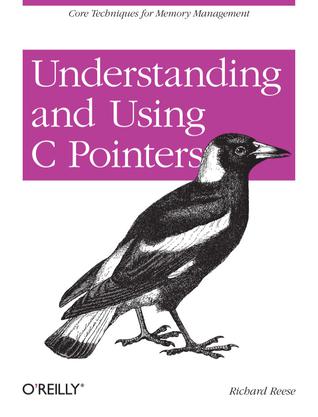
Understanding and Using C Pointers
Improve your programming through a solid understanding of C pointers and memory management. With this practical book, you'll learn how pointers provide the mechanism to dynamically manipulate memory, enhance support for data structures, and enable access to hardware. Author Richard Reese shows you how to use pointers with arrays, strings, structures, and functions, using memory models throughout the book. Difficult to master, pointers provide C with much flexibility and power - yet few resources are dedicated to this data type. This comprehensive book has the information you need, whether you're a beginner or an experienced C or C++ programmer or developer. Get an introduction to pointers, including the declaration of different pointer types Learn about dynamic memory allocation, de-allocation, and alternative memory management techniques Use techniques for passing or returning data to and from functions Understand the fundamental aspects of arrays as they relate to pointers Explore the basics of strings and how pointers are used to support them Examine why pointers can be the source of security problems, such as buffer overflow Learn several pointer techniques, such as the use of opaque pointers, bounded pointers and, the restrict keyword -
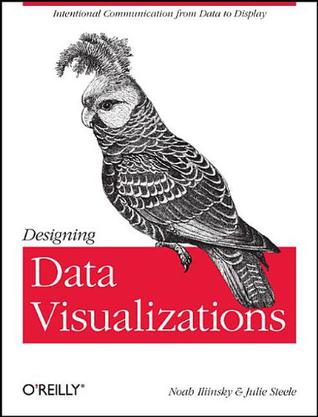
Designing Data Visualizations
Data visualization is an efficient and effective medium for communicating large amounts of information. But the design process can often seem like an unexplainable creative endeavor. This book aims to demystify the design process for those who are already comfortable with data analysis, showing the reader how to encode information visually via a linear process of decision-making. -
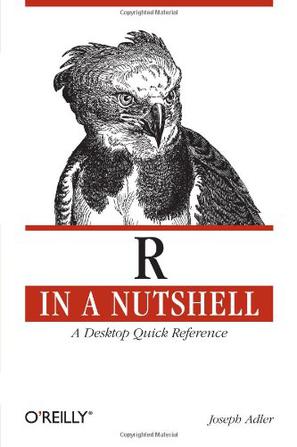
R in a Nutshell
R is rapidly becoming the standard for developing statistical software, and R in a Nutshell provides a quick and practical way to learn this increasingly popular open source language and environment. You'll not only learn how to program in R, but also how to find the right user-contributed R packages for statistical modeling, visualization, and bioinformatics.